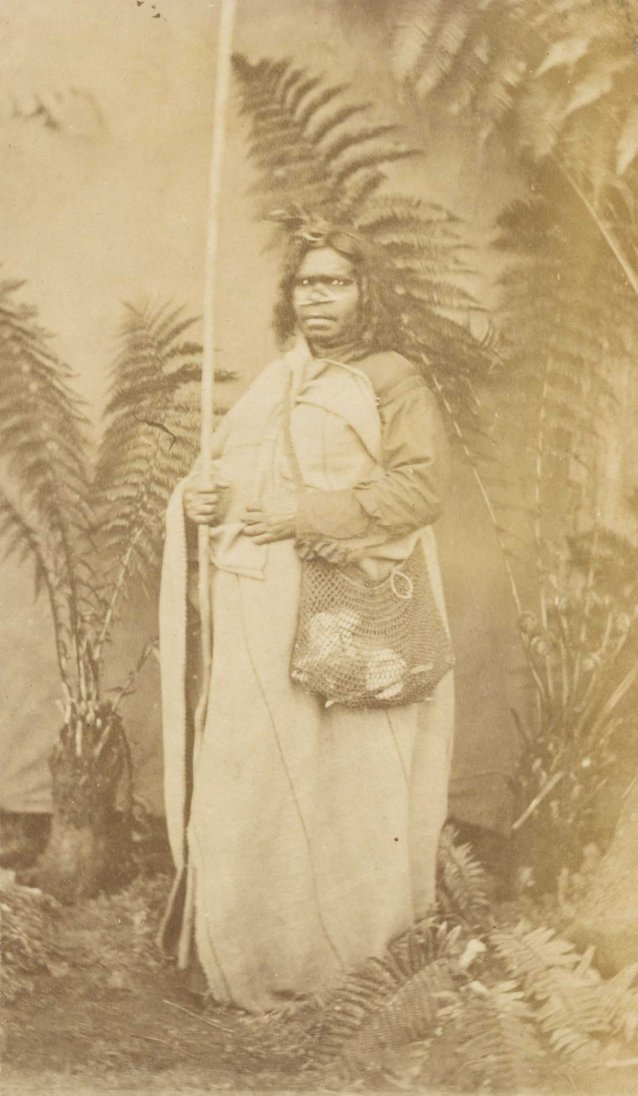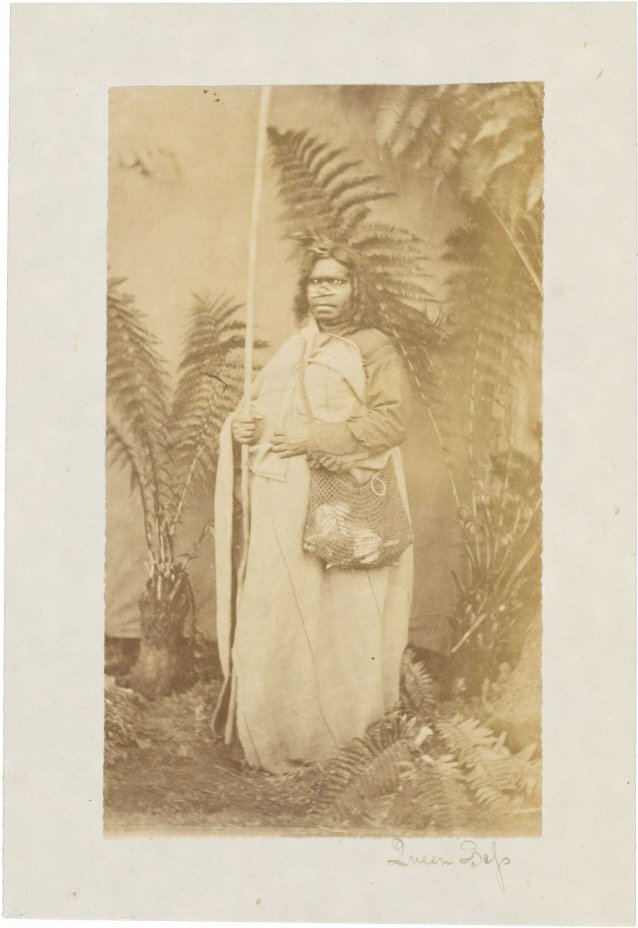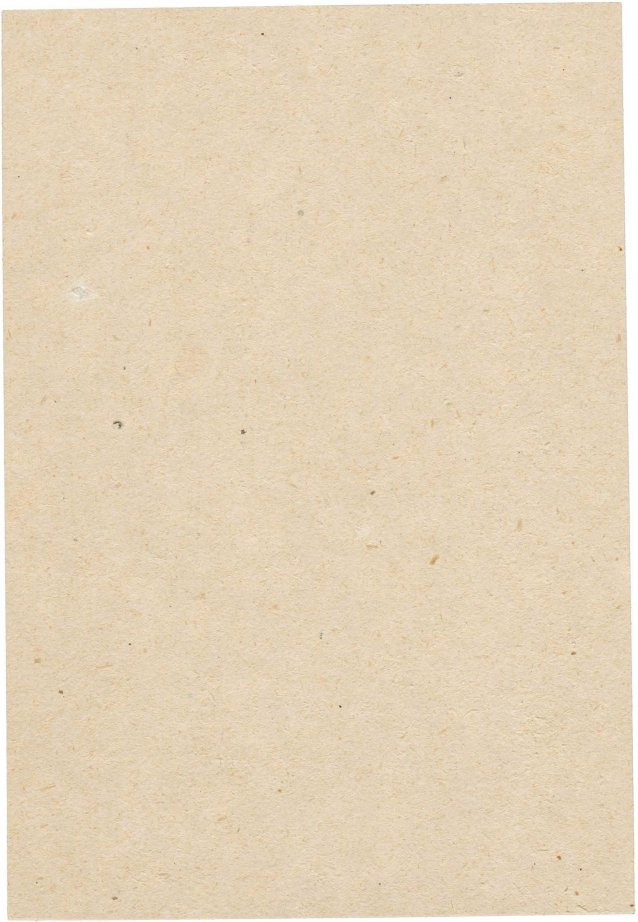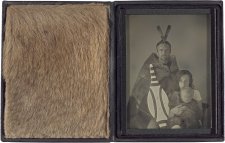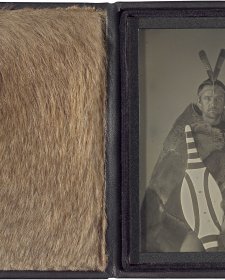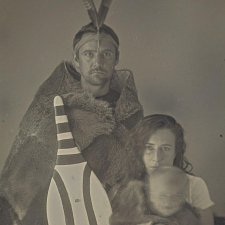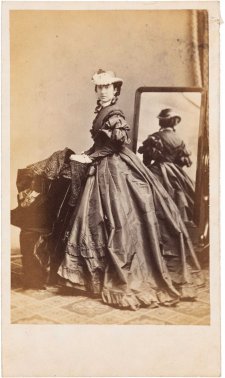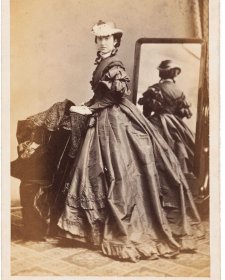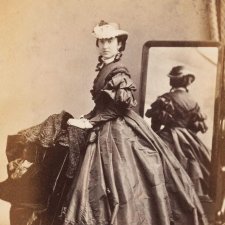Fred Kruger was born in Berlin and came to Victoria around 1860. By 1866 he’d taken up photography, and soon began making his name with landscape photographs, some of which went on to win medals at exhibitions in Vienna, Philadelphia, Melbourne and Geelong. As a portraitist, Kruger is mostly known for his photographs of the residents of Coranderrk, an agricultural settlement established near Healesville in 1863 as a result of lobbying on the part of First Nations Elders for land on which dispossessed people could build a community. By the mid-1870s, when Kruger first took photographs there, Coranderrk was a productive farming property, and his portraits would have been read as indicators of their subjects’ ‘successful’ adaptation to non-Indigenous ways. Kruger’s later images, however, reflected the tension that emerged when white authorities, noting Coranderrk’s commercial value, began to call for its closure and the separation and relocation of the community. In this light, Kruger’s portraits – such as this image of Rose Walcoriot (c. 1828–1893), dubbed ‘Queen Rose’, a Watha Wurrung or Wathaurung (Waddawurrung) woman from the Ballarat area – were part of the nineteenth-century practice of documenting people whose disappearance was held to be inevitable. This photo, consequently, is one of twelve which featured in Kruger’s Album of Victorian Aboriginals, Kings, Queens & c., which was pitched at a white, souvenir-hunting audience. Subsequently, however, Kruger’s portraits have assumed a far more powerful and enduring significance for descendants of his sitters as tangible links to Elders and ancestors – and as proof of cultural survival and continuity.
Purchased 2017
The National Portrait Gallery respects the artistic and intellectual property rights of others. Works of art from the collection are reproduced as per the
Australian Copyright Act 1968 (Cth). The use of images of works from the collection may be restricted under the Act. Requests for a reproduction of a work of art can be made through a
Reproduction request. For further information please contact
NPG Copyright.
